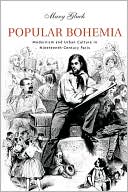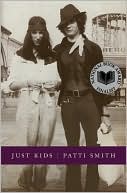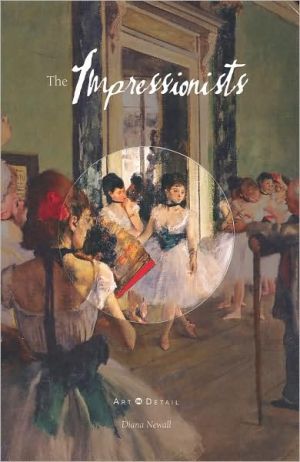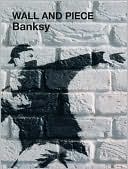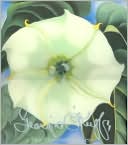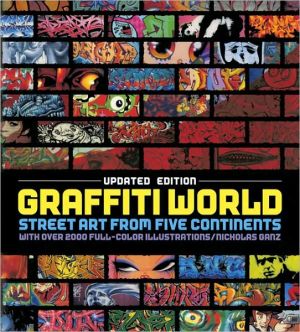Popular Bohemia: Modernism and Urban Culture in Nineteenth-Century Paris
Search in google:
A radical reconceptualization of modernism, this book traces the appearance of the modern artist to the Paris of the 1830s and links the emergence of an enduring modernist aesthetic to the fleeting forms of popular culture. Contrary to conventional views of a private self retreating from history and modernity, Popular Bohemia shows us the modernist as a public persona parodying the stereotypes of commercial mass culture. Here we see how the modern artist—alternately assuming the roles of the melodramatic hero, the urban flâneur, the female hysteric, the tribal primitive—created his own version of an expressive, public modernity in opposition to an increasingly repressive and conformist bourgeois culture. And here we see how a specifically modern aesthetic culture in nineteenth-century Paris came about, not in opposition to commercial popular culture, but in close alliance with it.Popular Bohemia revises dominant historical narratives about modernism from the perspective of a theoretically informed cultural history that spans the period between 1830 and 1914. In doing so, it reconnects the intellectual history of avant-garde art with the cultural history of bohemia and the social history of the urban experience to reveal the circumstances in which a truly modernist culture emerged.Gregory Shaya - Journal of Modern HistoryThis is a book worth grappling with. The larger argument will set historians of modern art and literature to pondering, and readers will find here a trove of insightful readings and interesting details in the byways of nineteenth-century Parisian culture.
1The historical Bohemian and the discourse of modernism12The romantic Bohemian and the performance of melodrama243The Flaneur and the phantasmagoria of the modern city654The decadent and the culture of hysteria1085The primitivist artist and the discourse of exoticism165
